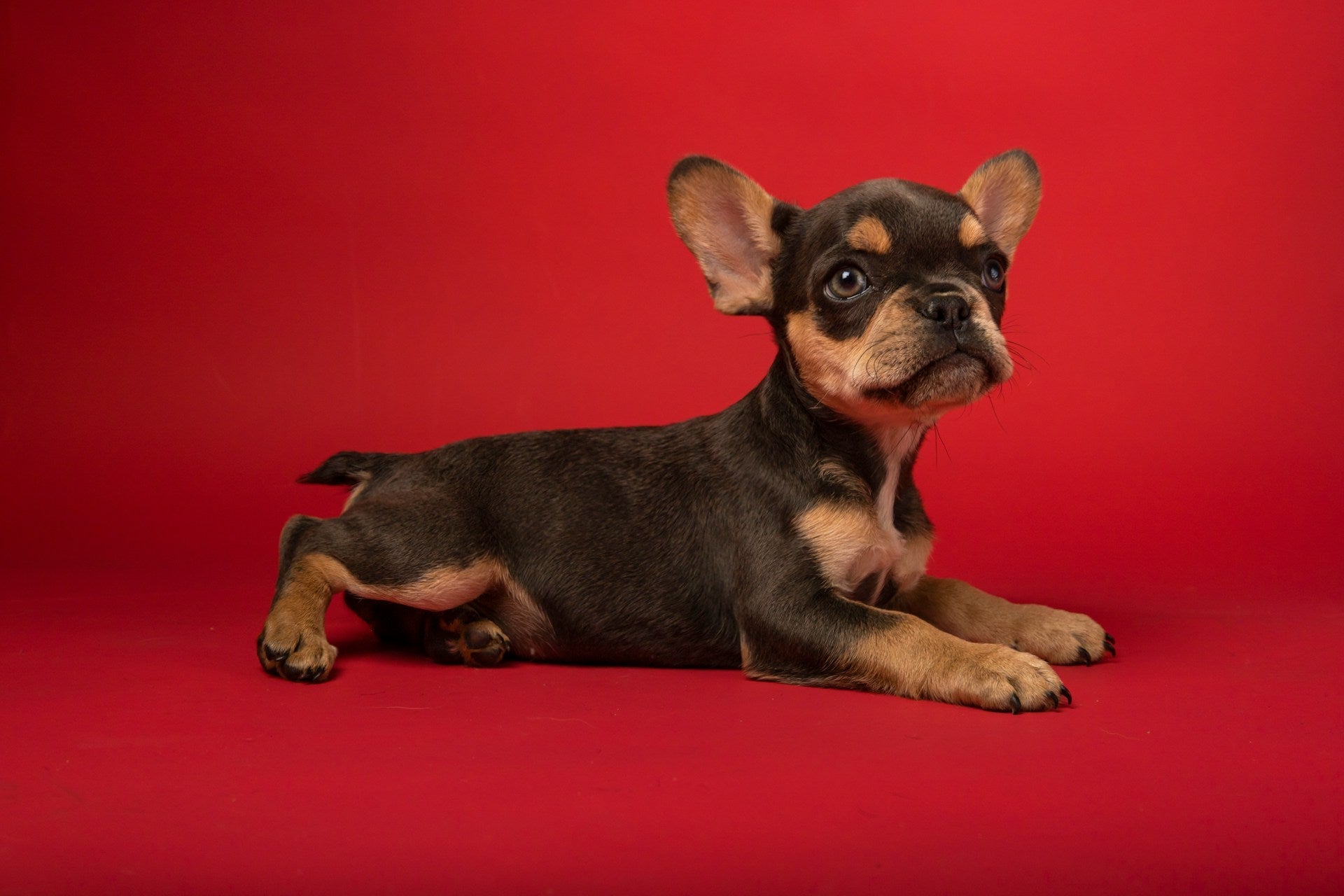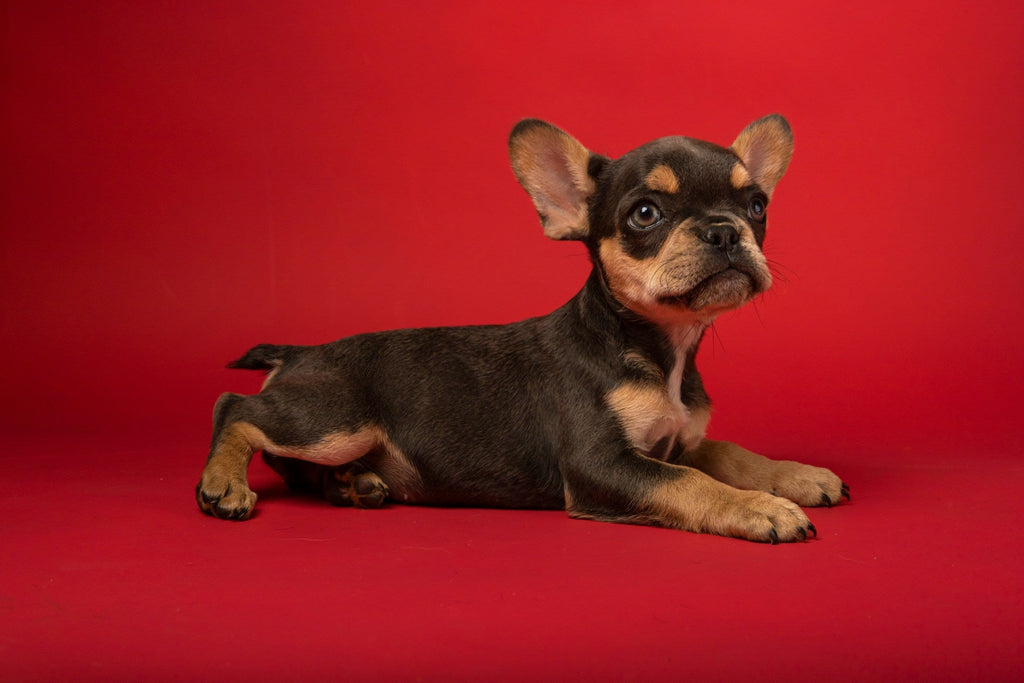Common Mistakes When Training Puppies

Learning how to potty train a puppy can feel overwhelming at first, but avoiding a few key mistakes can make all the difference.
One of the most common issues in puppy potty training is not establishing a clear daily routine. Puppies thrive on structure. Creating a predictable schedule for meals, walks, and training sessions gives your puppy a sense of security and makes potty training techniques more effective right from the start.
Consistency is Everything
When you’re figuring out how to train a puppy, consistency is your best friend. Set clear rules and make sure everyone in the household sticks to them. For example, if your puppy isn’t allowed on the couch, everyone needs to enforce that boundary—every time.
This consistency applies to potty training tips as well. Keep your commands and gestures simple and repeatable so your puppy can understand what’s expected. So how long will it take to potty train a puppy? Every puppy is different. Some take to it right away within days while others can take weeks.

Create a Training Schedule That Works
A structured plan is one of the best potty training techniques. Block out specific times in your day to focus on new skills, especially during early development. Short, focused sessions help build lasting habits. Wondering how long will it take? Every puppy is different, but with daily training and positive reinforcement, results can come faster than you think.
So how to easily potty train a puppy starts with you. Follow these tried and tested steps and you will quickly get to know your puppy and all about what works for them and what doesn't.
Weave Training into Everyday Life
How to train a puppy to potty doesn’t have to be a separate chore—it should become part of your daily routine. Asking your pup to sit before meals or walk calmly on a leash teaches them that good behaviour is rewarded. These simple routines are especially helpful for those wondering how to to potty train young pups in a way that feels natural.
Overlooking the Importance of Positive Reinforcement
One of the biggest mistakes in puppy potty training is not using enough positive reinforcement. Treats, praise, or a favourite toy help your puppy associate good actions with positive outcomes. If you’re researching how to potty train quickly and effectively, this method is essential. Harsh punishments can actually delay learning and create fear. Instead of scolding, redirect your puppy to better behaviours—like offering a chew toy if they’re biting.
Avoiding Harsh Punishments
On the other hand, it’s important to avoid harsh punishments. Punishment can lead to fear and anxiety in your puppy, damaging your bond and making training more difficult. Instead, focus on redirecting their behaviour toward something positive. For example, if your puppy is mouthing or nibbling, offer a chew toy rather than scolding them.
Rewarding Progress
It’s crucial to recognize and reward progress, even if it seems minor. Every successful attempt should be met with praise or a small reward. This builds your puppy’s confidence and encourages them to keep trying. You can vary the types of rewards to maintain your puppy’s interest, alternating between treats, playtime, or affectionate moments.
Understanding the Timing of Rewards
One of the biggest mistakes in puppy potty training is not using enough positive reinforcement. Treats, praise, or a favourite toy help your puppy associate good actions with positive outcomes. If you’re researching how to potty train quickly and effectively, this method is essential. Harsh punishments can actually delay learning and create fear. Instead of scolding, redirect your puppy to better behaviours—like offering a chew toy if they’re biting.
Choose the Right Tools—Like a Dog Litter Box
Having the right tools can seriously streamline the process. A dog litter box is ideal for small breeds, especially if you live in an apartment or don’t have easy outdoor access. It offers a hygienic, easy-to-clean solution while supporting consistent indoor training. If you're looking at how to easily potty train your puppy indoors, this could be your best option.
Invest in Accessories That Make a Difference
Along with pee pads or a dog litter box, consider chew toys for teething and interactive toys for mental stimulation. Durable leashes and comfortable harnesses also support safe, structured outings. And if you’re using tools like a clicker, you’ll be able to mark behaviours clearly, a helpful approach when you're working on how to train potty habits.
Investing in Training Tools
Investing in training tools such as clickers or whistles can be very beneficial. These tools help mark desired behaviours precisely, making it easier for your puppy to learn. A clicker, for instance, makes a distinct sound that signals to your puppy that they’ve successfully followed a command. It’s important to learn how to use these tools effectively to get the best results.
Using Technology to Support Training
There are so many helpful digital tools available today. From training apps to pet cams, technology can help you track progress and observe behaviour when you're not home. These insights can inform your potty training techniques and help answer big questions—like how long will it take before your puppy is fully trained.

Neglecting Socialization
Socialization is a key part of puppy training, yet it’s often overlooked. Exposing your puppy to a variety of people, environments, and other animals early on helps them grow into a well-adjusted adult dog. Socialization also reduces the risk of fearful or aggressive behaviours developing later in life.
Training isn’t only about the bathroom. Well-socialized puppies are more confident and adaptable. Exposure to different people, places, and sounds helps your dog become balanced and well-behaved. It’s another part of learning how to train a puppy for life—not just the litter box.
Planning Playdates and Outings
To socialize your puppy, schedule regular playdates with other dogs and outings to diverse environments. This could include trips to the dog park, walks in the city, or even group training classes. These experiences help your puppy get used to different sights, smells, and sounds, which are crucial for their development.
Introducing a Variety of Experiences
Introducing your puppy to a wide range of experiences is vital for proper socialization. Let them walk on different surfaces like sand, grass, or gravel, so they get used to varied textures. Take them to both quiet and busy places to help them adjust to different levels of stimulation. These experiences should always be positive and controlled to avoid sensory overload.
Observing and Adjusting
Every puppy reacts differently to new situations, so it’s important to watch their reactions closely. If your puppy shows signs of fear or anxiety, avoid pushing them too hard. Tailor experiences to their comfort level and gradually increase the challenge. The goal is to help your puppy feel confident and at ease in any situation.
Lack of Patience and Perseverance
Finally, a lack of patience and perseverance is a common mistake when training puppies. Training doesn’t happen overnight, and every puppy learns at their own pace. It’s important to stay patient and keep going, even when progress feels slow.
Celebrating Small Victories
To stay motivated, celebrate your puppy’s small victories and improvements. Every step forward, no matter how small, is a step in the right direction. This might be as simple as following a basic command or showing better general behaviour. By celebrating these moments, you’re also reinforcing your own commitment to the training process.
Understanding Learning Pace
Each puppy has a unique learning pace, and it’s essential to accept that. Some puppies pick up new skills quickly, while others may take more time. Avoid comparing your puppy to others and focus on their individual progress. This will help you stay patient and adjust your expectations accordingly.
Maintaining a Positive Attitude
Keeping a positive attitude throughout the training journey can make a big difference. Puppies are highly sensitive to their owner’s mood and energy. If you approach each training session with enthusiasm and optimism, your puppy is more likely to respond positively. Remember, training is also a wonderful opportunity to strengthen your bond with your puppy.
Patience Pays Off
Perhaps the biggest obstacle to success in puppy potty training is giving up too soon. Stay patient. Progress can be slow, and comparing your pup to others can lead to frustration.
Celebrate every win, no matter how small. If you’re wondering how to potty train and stay motivated, remember: each successful attempt is one step closer to a happy, trained companion.

In The End, How To Potty Train A Puppy Can Be Simple if...
Avoiding common training mistakes helps make puppy potty training smoother and more rewarding—for both you and your pup. Whether you’re exploring a dog litter box, building a routine, or trying new potty training tips, the key is to stay consistent, be positive, and honour your puppy’s unique pace. With the right tools, encouragement, and mindset, you’ll learn how to easily potty train and build a bond that lasts a lifetime.
For more tips on puppy training and recommendations for innovative products, keep exploring our blog. We have a blog about How to Potty Train A Puppy In 7 Days that is worth checking out. We’re here to help you give your puppy the best life possible with ethical and effective solutions.

